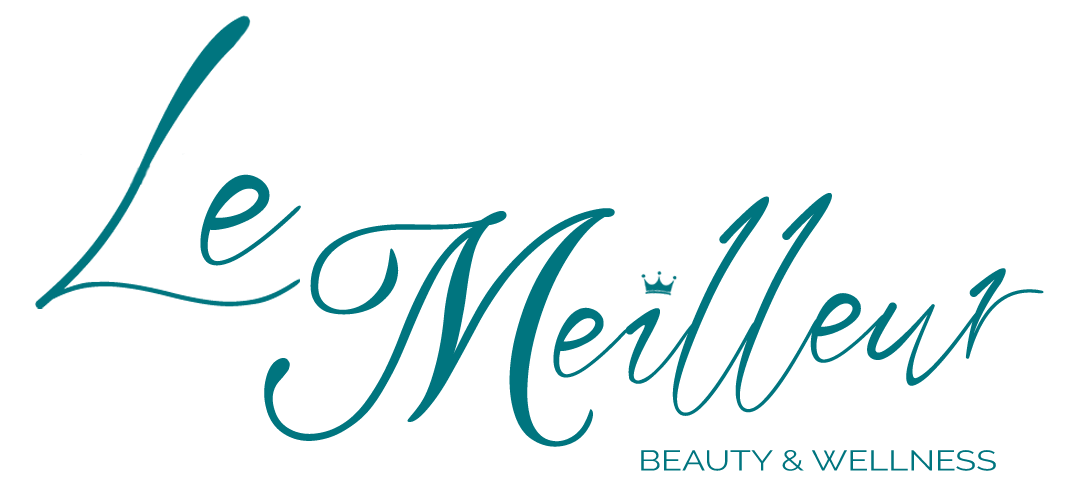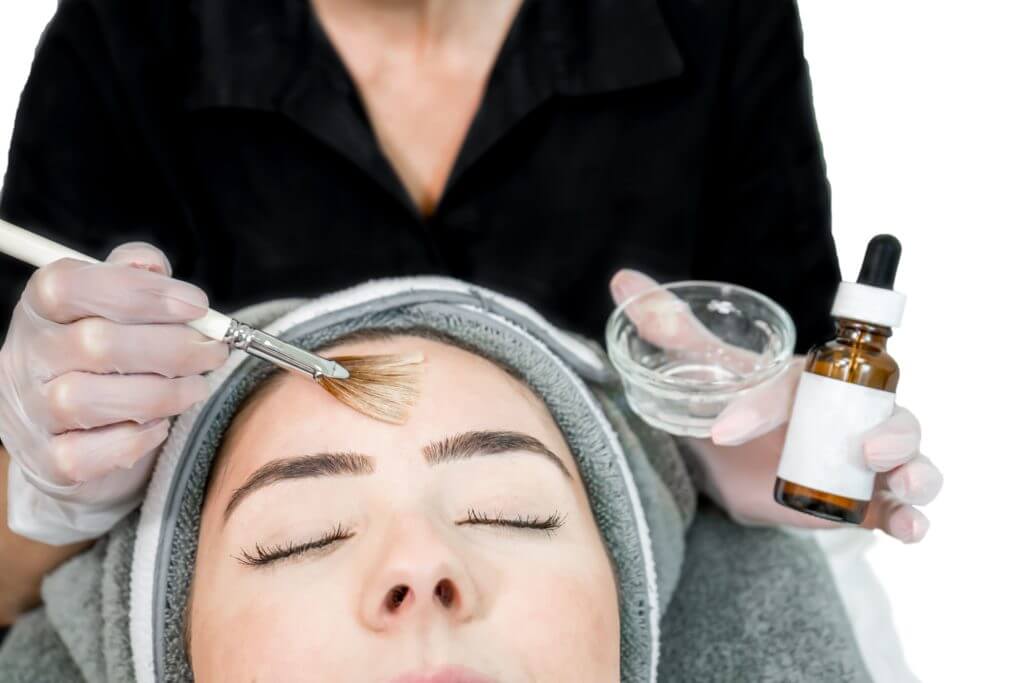Introduction
Are you confused about which skin care treatment to choose for your skin concerns? Chemical peeling and laser treatment are popular options, but how do you know which is better? In this blog post, we’ll explore the differences between chemical peeling and laser treatment, their advantages and disadvantages, and who should consider them. By the end of this post, you’ll better understand which treatment might suit your skin type and concerns. So, let’s dive in and explore the world of chemical peeling and laser treatment!
Chemical Peeling
What is Chemical Peeling?
Chemical peeling is a skin resurfacing technique that uses chemical solutions to remove the damaged outer layer of skin. This process helps to improve the texture and appearance of the skin by reducing the appearance of fine lines, wrinkles, scars, and sun damage. Chemical peels are available in different strengths, and the choice of the peel depends on the skin type and the severity of the skin concerns.
How does it work?
During a chemical peel, a solution is applied to the skin that causes it to exfoliate and eventually peel off. This exposes a new, smoother layer of skin with a more even tone and texture. Chemical peels can be done on the face, neck, or hands, and they can range from mild to deep peels, depending on the strength of the chemical solution used.
Advantages of Chemical Peeling
One of the most significant advantages of chemical peeling is that it can improve the appearance of the skin with minimal downtime. Mild peels have a shorter recovery time, while deeper peels may require several days or even weeks of recovery. Chemical peels are also a non-invasive alternative to surgery and can be used to treat a variety of skin concerns, including acne, hyperpigmentation, and uneven skin tone.
Disadvantages of Chemical Peeling
One of the main disadvantages of chemical peeling is that it may not be suitable for all skin types. People with very sensitive or thin skin may experience adverse reactions to the chemical solutions used in peels. Additionally, deeper peels can cause discomfort, redness, and swelling that may take some time to resolve. Working with a trained and experienced skin care professional is important to ensure that chemical peels are done safely and effectively.
Who should consider Chemical Peeling?
Chemical peels are ideal for people who want to improve the appearance of their skin without surgery or more invasive procedures. They are suitable for most skin types, but it’s important to consult a skin care professional to determine which peel is right for your skin concerns.
What are the different types of Chemical Peeling?
There are three main types of chemical peels: superficial peels, medium peels, and deep peels. Superficial peels use mild acids like alpha-hydroxy acids (AHAs) and beta-hydroxy acids (BHAs) to exfoliate the skin’s surface. Medium peels use stronger acids like glycolic or trichloroacetic acid (TCA) to penetrate deeper into the skin. Deep peels use the strongest acids, like phenol, to penetrate the deepest layers of the skin. The type of peel used will depend on the severity of your skin concerns and the desired results.
Laser Treatment
What is Laser Treatment?
Laser treatment, also known as laser resurfacing, is a non-surgical procedure that uses concentrated beams of light to improve the appearance of the skin. The laser energy is absorbed by the skin’s tissues, which stimulates collagen production and removes damaged skin cells. Laser treatments are available in different types, and the choice of laser depends on the skin type and the severity of the skin concerns.
How does it work?
A laser device is used to direct light beams onto the skin during a laser treatment. This causes the skin to heat up, stimulating collagen production and removing damaged skin cells. Laser treatments can be done on the face, neck, or hands, and they can range from mild to deep treatments, depending on the strength of the laser used.
Advantages of Laser Treatment
One of the biggest advantages of laser treatment is that it can improve the appearance of the skin with minimal downtime. Laser treatments are a non-invasive alternative to surgery and can treat various skin concerns, including wrinkles, fine lines, age spots, and acne scars. Laser treatments can also improve skin texture, tone, and elasticity.
Disadvantages of Laser Treatment
One of the main disadvantages of laser treatment is that it may not be suitable for all skin types. People with very sensitive skin may experience adverse reactions to the laser treatment. Additionally, deeper laser treatments can cause discomfort, redness, and swelling that may take some time to resolve. Working with a trained and experienced skin care professional is important to ensure that laser treatments are done safely and effectively.
Who should consider Laser Treatment?
Laser treatments are ideal for people who want to improve the appearance of their skin without surgery or more invasive procedures. They are suitable for most skin types, but it’s important to consult a skin care professional to determine which laser treatment is right for your skin concerns.
What are the different types of Laser Treatment?
There are several different laser treatments, including ablative and non-ablative treatments. Ablative treatments remove the top layer of the skin, stimulating collagen production and removing damaged skin cells. Non-ablative treatments heat the skin’s tissues, stimulating collagen production and improving skin texture and tone. The type of laser used will depend on the severity of your skin concerns and the desired results.
Comparing Chemical Peeling and Laser Treatment
Which is better?
The answer to this question depends on your skin type and concerns. Both chemical peeling and laser treatment are effective ways to improve the appearance of the skin, but they work in different ways. Chemical peeling is a more superficial treatment that removes the outer layer of the skin, while laser treatment penetrates deeper into the skin to stimulate collagen production.
Differences in Results
Chemical peeling can effectively improve the appearance of fine lines, wrinkles, and sun damage. However, it may be less effective in treating acne scars or deeper wrinkles. On the other hand, laser treatment can be more effective in treating these skin concerns and improving skin texture, tone, and elasticity.
Differences in Recovery Time
Chemical peeling generally has a shorter recovery time than laser treatment, especially for milder peels. Deeper chemical peels may require several days or even weeks of recovery time. Laser treatments, especially deeper treatments, can cause redness and swelling that may take longer to resolve.
Factors to Consider
When deciding between chemical peeling and laser treatment, it’s important to consider factors such as your skin type, the severity of your skin concerns, and your budget. Chemical peeling may be more cost-effective, while laser treatment may be more expensive but provide more significant and longer-lasting results.
Consult with a Professional
Ultimately, the best way to determine which treatment is right for you is to consult a professional. A trained and experienced skin care professional can assess your skin concerns and recommend the most appropriate treatment for your needs.
Precautions and Aftercare
Precautions
Regardless of whether you choose chemical peeling or laser treatment, there are some precautions you should take to ensure the best results and minimize the risk of complications. Avoiding sun exposure and using broad-spectrum sunscreen for several weeks before and after the treatment is important. You should also avoid using harsh or irritating skin care products in the days leading up to the treatment.
Aftercare for Chemical Peeling
After a chemical peel, you may experience some redness, flaking, and peeling of the skin. It’s important to avoid picking at the skin and moisturize it with a gentle, non-irritating moisturizer. You should also avoid exposing the skin to sun, heat, or any activities that could cause excessive sweating for several days after the treatment.
Aftercare for Laser Treatment
After laser treatment, you may experience some redness, swelling, and discomfort. It’s important to avoid touching or rubbing the treated area and to moisturize it with a gentle, non-irritating moisturizer. You should also avoid exposing the skin to sun and heat for several weeks after the treatment and wear protective clothing when going outside.
Follow-Up Appointments
Sometimes, treatments may be necessary to achieve the desired results. It’s important to follow the recommended treatment plan and attend all follow-up appointments with your skin care professional to ensure the best results and minimize the risk of complications.
Conclusion
When it comes to improving the appearance of the skin, chemical peeling and laser treatment are both effective options. They work in different ways and have advantages and disadvantages, so it’s important to consider your skin concerns and preferences when deciding which treatment is right for you. Remember to take the necessary precautions and follow the recommended aftercare to achieve the best results and minimize the risk of complications. We encourage you to research and choose a qualified and experienced provider if you’re considering chemical peeling or laser treatment. Following the tips outlined in this article, you can find a provider to help you achieve your skin goals safely and effectively.
Le Meilleur Beauty and Wellness offers various skin care services to help our clients achieve their best skin. Contact us today to schedule a consultation and learn more about our chemical peeling and laser treatment options. Let us help you achieve the beautiful, radiant, and healthy skin you deserve!







